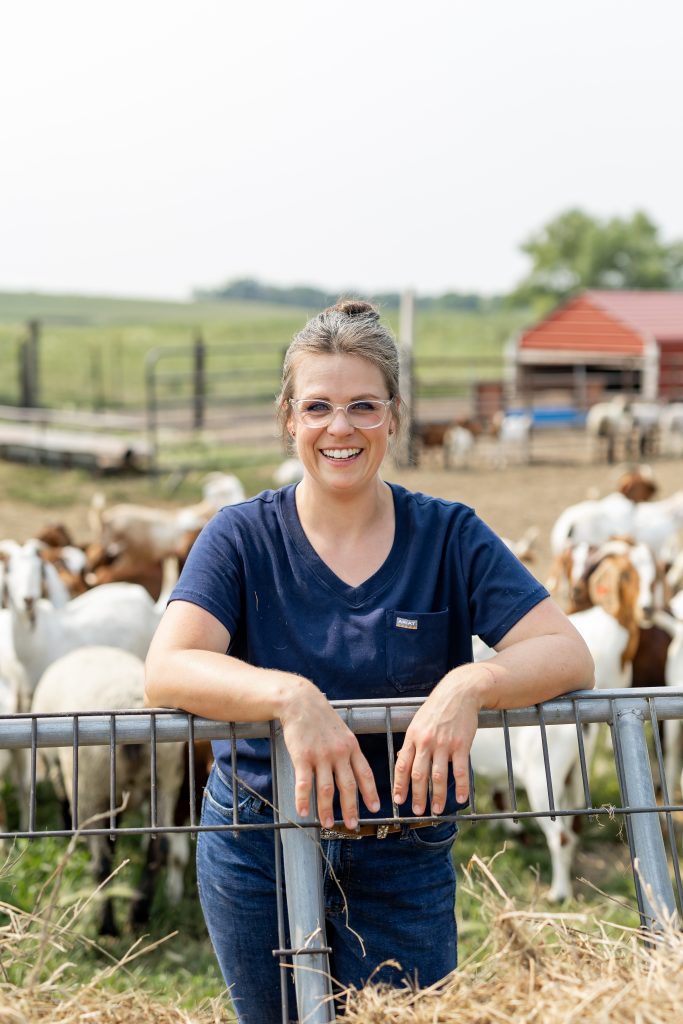Consumer Expectations for Purchasing Bulk Meat
Buying meat in bulk from a local producer or locker can be an overwhelming and cumbersome undertaking for your customers. In addition to sourcing available product, there are a number of other considerations and preparations your customers may need to consider before fully committing including funding the investment, knowing how to fill out a cut sheet, and finding long term cold storage. As a local business, you can help answer customer’s questions and by providing a positive experience, increase chances of repeat customers.
Customers may need help level setting their expectations. Not only do consumers need to find a local farmer or rancher that is willing to sell freezer meat, the live animals need to be properly finished before they are ready to go to market. Further, appointments at local processors can be hard to come by, especially over the summer during county fair season. The timing must be right from several parties to complete the sale.
There is a large up-front cost associated with buying direct, but when the cost is spread out over a whole or even half an animal, the cost of meat can actually be quite affordable and much less than retail cost. There are also price nuances depending on the weight of the animal and if the price is by the live weight or hanging carcass weight. The purchase cost of the animal will not typically include the processing cost or fees, which are owed directly to the meat locker for harvesting, processing and packaging the meat. Processing fees can be by the pound or a flat rate depending on the species.
Once an animal or carcass has been spoken for, the buyer will also need to fill out a cut sheet. Remember to have an open mind and patience as customers may or may not be familiar with the parts of a carcass or have enough understanding to fill out sheet out without some guidance.
The amount of meat that actually makes it home can come as a bit of surprise to folks. Explain upfront to customers the dressing percent which is the percent of the live animal weight that makes it to carcass weight. In beef cattle that is about 62%, hogs will dress around 75%, and sheep around 55%. However, the amount of edible, usable lean protein is 55-75% of the carcass weight depending on how customers choose to have the meat processed. Therefore, the amount of take home is only about 40% of the live animal weight.
Even with a rough take home of less than half of the live weight, adequate freezer space is absolutely necessary. A half side of beef requires about 8 cubic feet of freezer space, and a quarter beef would need about 4.5 cubic feet. Generally, meat will last in the freezer for up to a year.
It may be beneficial to walk your customers though an example. At $2.02*/ pound, a 1,400-pound live steer would be worth $2,828. If that animal dressed 62%, the carcass would weigh about 868 pounds. If the meat locker charges $0.75/pound for processing plus a $100 processing fee, the processer would collect a total of $751. If roughly 65% of the carcass weight was converted to edible cuts, there would be approximately 560 pounds of take-home product. The total cost for a customer would be $3,579, or on average $6.39/pound.
Helping customers navigate the complexities of purchasing bulk meat can lead to a more positive experience, ensuring they understand the process, costs, and storage needs, ultimately fostering long-term satisfaction and repeat business.
*Pricing data taken from USDA-AMS Slaughter Cattle Summary in February 2025
Katy Wolff, Ph.D.
Owner, Meadow Creek Farms, LLC
